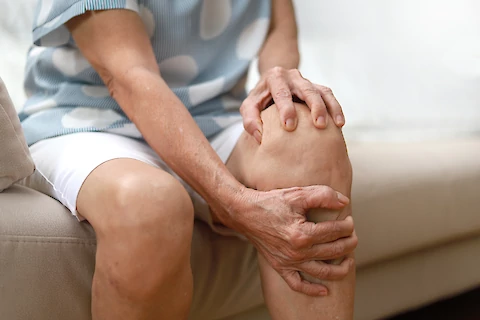
Peripheral Artery Disease, or PAD, affects millions of people across the United States each year. It can lead to serious complications that interfere with your senior loved one's quality of life and potentially cause them long-term health problems. You should stay informed about PAD to catch it early for proper treatment options for your senior loved one.
What Is Peripheral Artery Disease (PAD)?
PAD is a circulatory condition that affects the arteries in the extremities, mostly impacting the legs. The disease narrows and hardens these blood vessels due to the fatty buildup of plaque on their walls, limiting or blocking adequate blood flow to limbs in your senior loved one. Left untreated, PAD can lead to more serious medical problems in your senior loved one, such as gangrene that may require amputation.
Symptoms of PAD
The symptoms of Peripheral Artery Disease will vary according to your senior loved one's individual medical condition. However, some common signs of the disease include pain in the legs or buttocks when walking and ulcers on feet that do not heal easily.
Other symptoms may involve decreased sensation in the fingers and toes, coldness during movement of limbs from lack of adequate blood circulation, hair loss on legs due to poor blood flow, changes in color and temperature as well as muscle cramps during exercise.
Risk Factors for PAD
Some of the most common risk factors for PAD include:
- Older age– typically those over 50
- High blood pressure and cholesterol
- Diabetes
- Smoking or someone who has smoked recently or in the past
- Having a family history of heart disease or stroke
- Obesity as well as physical inactivity
All of these symptoms may raise your senior loved one's likelihood of developing PAD.
Diagnosis of PAD
Your senior loved one's doctor may use imaging tests to diagnose PAD, like X-rays or ultrasounds. Other treatment methods include a physical exam of your senior loved one's legs, blood pressure testing on both arms and lower extremities as well as measuring electrical activity in your senior loved one's legs.
Treatments for PAD
Depending on the severity of your senior loved one's condition and health complications, treatment for PAD may vary. Medication is typically prescribed to control cholesterol levels and reduce inflammation.
Your senior loved one's doctor might recommend lifestyle changes including quitting smoking, getting regular exercise, and eating healthy foods low in saturated fat and sugar. In more serious cases, doctors may perform angioplasty or surgery to either widen blocked blood vessels or bypass them completely with a new vessel created from another area of the body such as a vein in your senior loved one's leg.
Senior Helpers Canton-Rome-Cartersville Cares for Your Senior Loved One
It is important for your senior loved one to understand the symptoms, risk factors, and treatments of peripheral artery disease to take advantage of early interventions in Canton, Cartersville, Rome, Blairsville, and Chatsworth. Senior Helpers Canton-Rome-Cartersville provides the extra helping hand that your senior loved one needs to remain at home. Contact us today to learn more about our services!